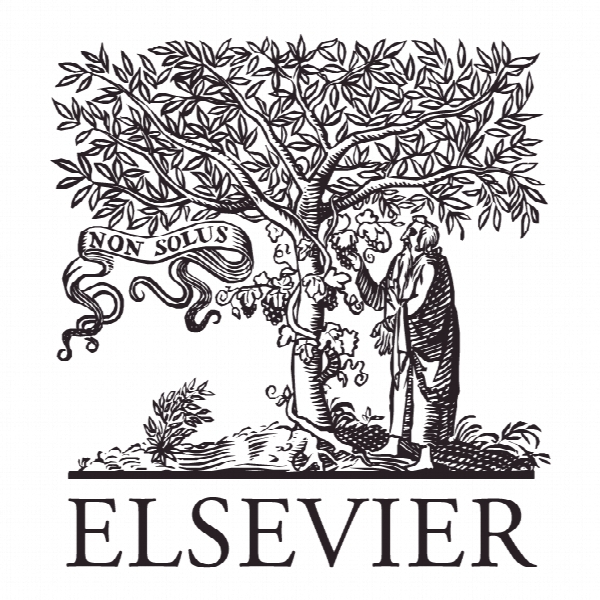زمینه یادگیری و تاثیر نسل دیگر: استراتژی برای بهبود تشخیص چهره Learning context and the other-race effect: Strategies for improving face recognition
- نوع فایل : کتاب
- زبان : انگلیسی
- ناشر : Elsevier
- چاپ و سال / کشور: 2018
توضیحات
رشته های مرتبط مهندسی کامپیوتر
گرایش های مرتبط هوش مصنوعی
مجله تحقیق بصری – Vision Research
دانشگاه The University of Texas at Dallas – USA
شناسه دیجیتال – doi https://doi.org/10.1016/j.visres.2018.03.003
منتشر شده در نشریه الزویر
کلمات کلیدی انگلیسی Face recognition, Other-race effect, Training, Learning context
گرایش های مرتبط هوش مصنوعی
مجله تحقیق بصری – Vision Research
دانشگاه The University of Texas at Dallas – USA
شناسه دیجیتال – doi https://doi.org/10.1016/j.visres.2018.03.003
منتشر شده در نشریه الزویر
کلمات کلیدی انگلیسی Face recognition, Other-race effect, Training, Learning context
Description
1. Introduction The other-race effect (ORE) is the tendency for people to recognize faces of their “own” race more accurately than faces of “other” races (cf., Meissner & Brigham, 2001). Often characterized as an inability to discriminate or individualize other-race faces, the ORE suggests that there are clear differences in how own- and other-race faces are processed. The ORE has been studied extensively in face perception. Its effects have been examined across a variety of racial and ethnic groups, using multiple paradigms, (Meissner & Brigham, 2001), and more recently in face recognition algorithms (Phillips, Jiang, Narvekar, Ayyad, & O’Toole, 2011). Additionally, the ORE has been found in infants as young as three months (Sangrigoli & de Schonen, 2004), in children (Anzures et al., 2014; Pezdek, Blandon-Gitlin, & Moore, 2003; Tham, Bremner, & Hay, 2017), and in non-typically developing populations, such as individuals with schizophrenia (Pinkham et al., 2008) and autism spectrum disorder (Wilson, Palermo, Burton, & Brock, 2011; Yi et al., 2016). In recent research, there has been new emphasis on ways to improve face recognition (Heron-Delaney et al., 2011; Hugenberg, Miller, & Claypool, 2007; Ritchie & Burton, 2016; Rodríguez, Bortfeld, & Gutiérrez-Osuna, 2008; Tanaka & Pierce, 2009; White, Kemp, Jenkins, & Burton, 2014; Xiao et al., 2015). Several of these studies have explored ways to reduce the ORE. For example, participant awareness of the ORE (Hugenberg et al., 2007) and viewing caricatured images of faces (Rodríguez et al., 2008) reduce the ORE. Furthermore, developmental studies show that perceptual training in infants can prevent an ORE from emerging (Heron-Delaney et al., 2011). The effects of perceptual training on learning other-race faces have been studied also in children (Xiao et al., 2015) and adults (Tanaka & Pierce, 2009). For example, Xiao et al. (2015) examined the influence of individuation and categorization training of other-race faces for preschool children. Recognition performance was measured in the context of implicit racial bias. When trained to individuate African American faces, Chinese preschoolers demonstrated a reduced implicit bias for other-race faces (they were less likely to categorize an angry racially ambiguous face as African American). These results suggest that individuation training reduces implicit bias, which is a potential step towards reducing the ORE. Tanaka and Pierce (2009) investigated the effect of individuation and categorization training of Hispanic and African American faces on Caucasian adults. Participants in the individuation condition showed marginally better recognition than those in the categorization condition. These results suggest that individuation training may reduce the ORE. In addition to the focus on individuation training, repetitive and variable-image learning have been tested as factors that may improve recognition. Repeated exposure to a single image has been shown to increase recognition accuracy (cf., for a meta-analysis of these effects, Shapiro & Penrod, 1986). Recently, the importance of within-person variability has been considered as a factor in face recognition (Dowsett, Sandford, & Burton, 2016; Jenkins, White, Van Montfort, & Burton, 2011; Murphy, Ipser, Gaigg, & Cook, 2015). The human ability to “see” multiple, variable images of the same person as a single identity has been referred to in the literature as the ability to “tell people together” (Andrews, Jenkins, Cursiter, & Burton, 2015; Jenkins et al., 2011). This contrasts to the oft-cited human ability to “tell faces apart”, which is long thought to be the core of human face expertise for faces. It is generally understood now that the former is a characteristic of familiar face perception, whereas the latter applies to both familiar and unfamiliar face processing.


